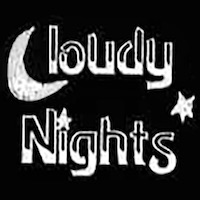Howdy!
I've got the NL 8x32. If I'm not able to get tack sharp focus of planets/stars at night (say, of Jupiter) - does that indicate that there is an issue with the focus that I might want to have serviced? What I see through the NL is a slight smear or a small spike or two. So, if one of Jupiter's moons is fairly close to the planet, I'm not able to see it b/c the focus issue obscures the moon (it gets smeared/blended into the planet). I also have a Leica 10x25 with which I have no trouble getting perfect focus of planets/stars.
For birding or other daytime activities - I don't discern any issues/problems with the NL at all.
Thanks for the input!
Cheers,
Mike
I've got the NL 8x32. If I'm not able to get tack sharp focus of planets/stars at night (say, of Jupiter) - does that indicate that there is an issue with the focus that I might want to have serviced? What I see through the NL is a slight smear or a small spike or two. So, if one of Jupiter's moons is fairly close to the planet, I'm not able to see it b/c the focus issue obscures the moon (it gets smeared/blended into the planet). I also have a Leica 10x25 with which I have no trouble getting perfect focus of planets/stars.
For birding or other daytime activities - I don't discern any issues/problems with the NL at all.
Thanks for the input!
Cheers,
Mike









